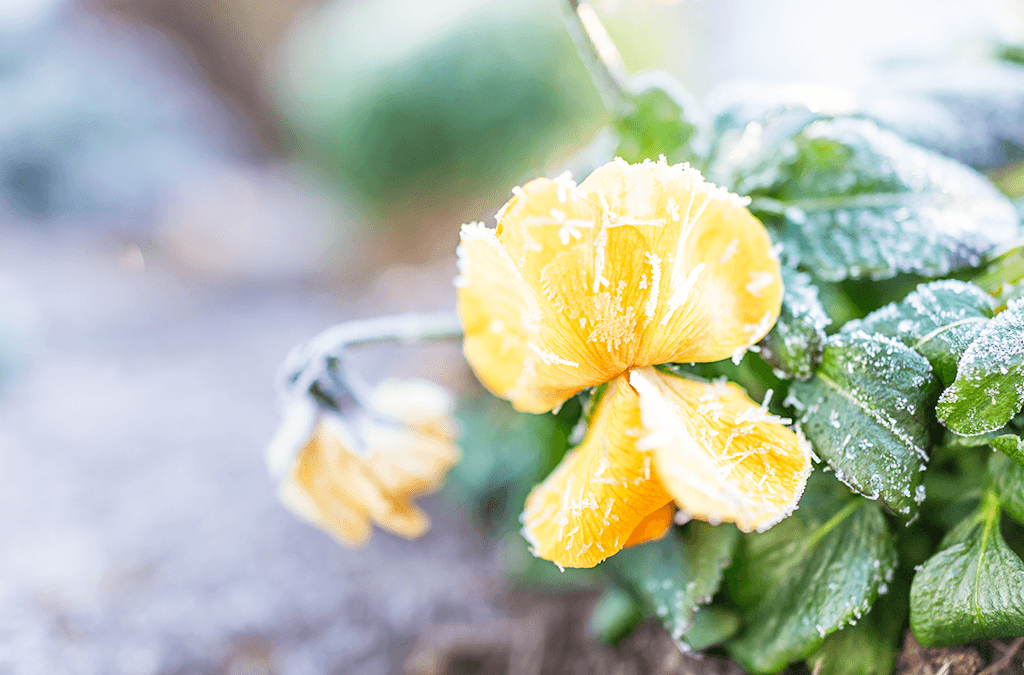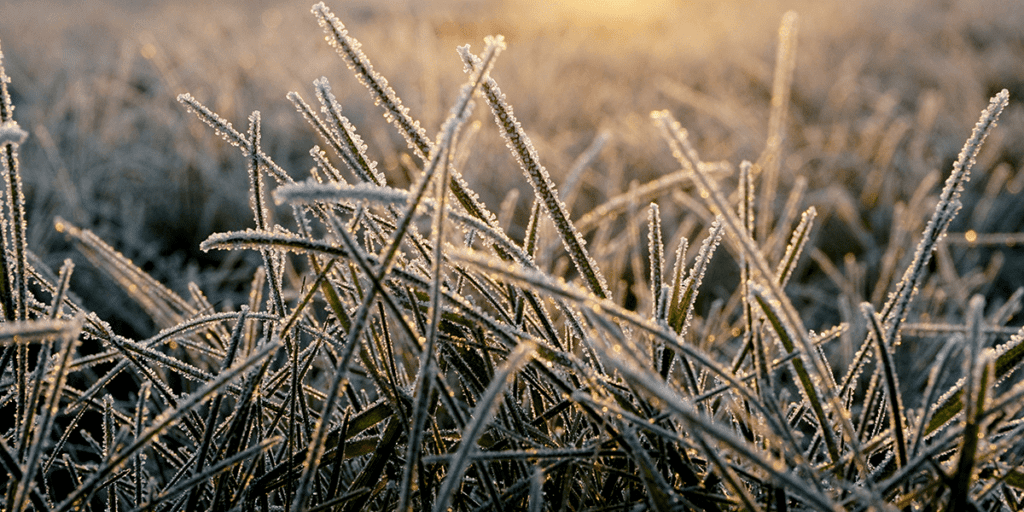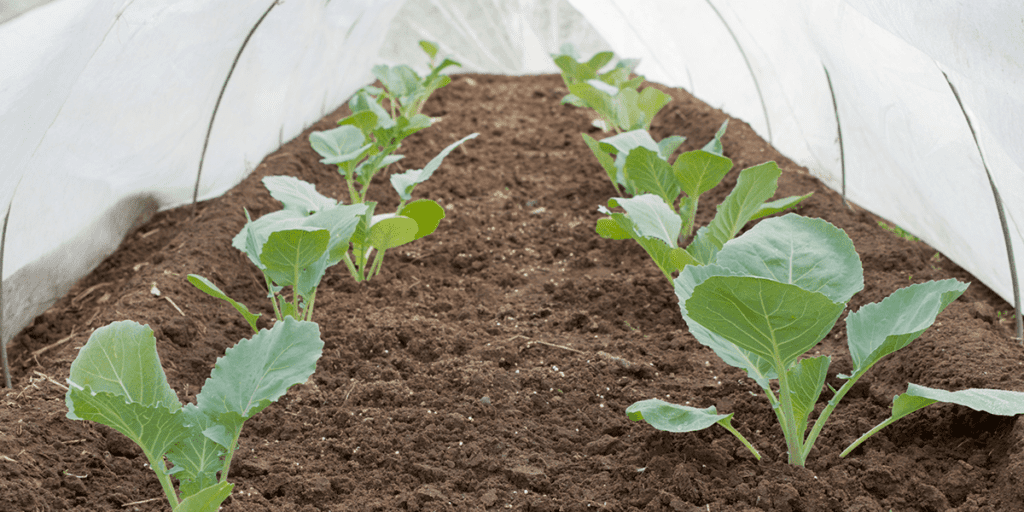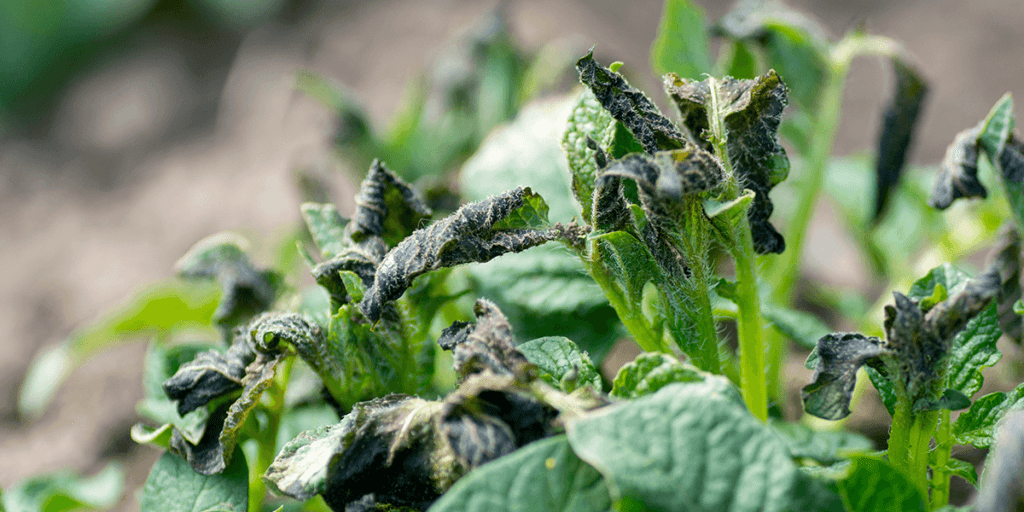Gardeners everywhere always have to contend with the last frost. Based on historical records, every place has a date beyond which frost will likely not occur. But sometimes, the weather has other plans! Here’s how to navigate the last frost date, and how to prepare for an unexpected freeze.
What is the Last Frost Date?
The last frost date is simply the average date when the last frost occurs. The closest weather station or experienced gardeners in your area can tell you when that is. However, it can vary from site to site based on elevations, slope, water, or whether you’re in an urban or rural setting.
When is the Last Frost Date in My Area?
Here is the average last frost date for regions in Chicagoland:
- Average last frost date: May 15th, it has been later. Be prepared to cover your plantings.
How Do I Use the Last Frost Date?
The last frost date is key information for deciding when to plant and transplant vegetables in your garden. Some cold season vegetables can withstand a frost, including arugula, beets, carrots, radishes, potatoes, kale, peas, onions, spinach, and turnips. You can sow them before the last frost occurs.
Other plants, like tomatoes, peppers, beans, and squash, are tender and won’t survive a frost if you get them in the ground too soon.
How to Prepare for Unexpected Frost?
Even if you wait until the last frost date, Jack Frost may still surprise you with a late freeze. So it’s important to keep an eye on the weather around planting time. If nighttime temperatures will be dipping close to freezing, cover your plants overnight with one of the following techniques.
How to Protect Plants from a Late Frost?
Here are a few methods to keep your plants protected from a frosty night:
- Water Plants During the Afternoon: give your plants a good watering that day. Moist soil retains more heat which will help the plants survive colder temperatures.
- Cover Plants with an Old Sheet, Tarp, or Plastic: use hoops or stakes to keep the covering from touching any leaves on the plants, and place weights around the edges so the cover touches the ground on all sides. This keeps cold drafts from entering and keeps your plants insulated.
- Cover Plants with Containers: use buckets, pots, totes, bins, or any plastic container to cover your tender seedlings overnight. If it’s windy, weigh the containers down with rocks, and make sure all sides are touching the soil. Remember to remove any coverings the next morning so your plants don’t overheat!
- Add Heating: if it looks like the temperatures will be particularly cold, add some kind of heating beneath your tarp or blanket. An easy solution is to place jugs of hot water with the plants overnight for extra warmth.
What To Do with Frost-Damaged Plants?
On the off-chance that frost does hit your plants, wait a few days before you prune the damaged leaves or remove the plant. It can take a few days for the full damage to show itself. Sometimes, a plant that initially looks harmed may in fact recover.
Risking Frost to Extend Your Season
Once you know how to protect your plants from late frost, it’s easier to take advantage of a warm spring and plant your garden early. Experienced gardeners may use hoop houses, frost blankets, or plastic coverings to extend their season like this intentionally.
Look for Signs in the Forest
A final piece of advice is to pay attention to signs from other wildlife, trees, insects, or plants around you. Start a phenology practice where you observe the changes in the natural world throughout the seasons. Once you learn what’s happening around you, you can follow cues from the plants and animals to know when to plant your garden.
For more help on frost preparation, visit our garden centers in Chicagoland!
Platt Hill Nursery is Chicago’s premier garden center and nursery.





